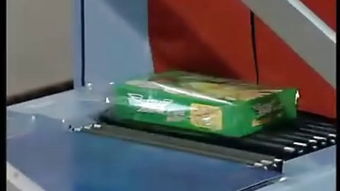Sanding Sealing: A Comprehensive Guide for Enhancing Wood Finishes
When it comes to achieving a smooth, durable, and aesthetically pleasing finish on wood, sanding and sealing are two crucial steps that cannot be overlooked. Sanding prepares the wood surface for sealing, while sealing protects the wood from damage and enhances its natural beauty. In this article, we will delve into the details of sanding and sealing, providing you with a comprehensive guide to help you achieve the perfect wood finish.
Understanding Sanding

Sanding is the process of smoothing the wood surface by removing the roughness and imperfections. It is an essential step before applying any finish, as it ensures that the finish adheres properly and provides a level surface. Here’s what you need to know about sanding:
-
Types of Sandpaper: Sandpaper comes in various grit sizes, ranging from coarse to fine. Coarse sandpaper (e.g., 60-80 grit) is used to remove large imperfections, while fine sandpaper (e.g., 180-220 grit) is used for smoothing the surface. It’s important to use the appropriate grit size for each step of the sanding process.
-
Sanding Techniques: Sanding can be done by hand or with an electric sander. Hand sanding is suitable for small areas or intricate details, while an electric sander is more efficient for larger surfaces. Always sand with the grain of the wood to avoid creating cross-grain scratches.
-
Sanding Safety: Sanding can produce fine wood dust, which can be harmful if inhaled. Wear a dust mask and protective eyewear to ensure your safety. Additionally, keep the sanding area well-ventilated to minimize dust exposure.
The Importance of Sealing

Sealing is the process of applying a protective coating to the wood surface. It serves several purposes, including:
-
Water Resistance: Sealing prevents water and moisture from penetrating the wood, which can cause swelling, warping, and decay.
-
UV Protection: Sealing protects the wood from harmful UV rays, which can cause fading and discoloration over time.
-
Enhanced Aesthetics: Sealing brings out the natural beauty of the wood, highlighting its grain and color.
Here are some key points to consider when selecting a sealant:
-
Types of Sealants: There are various types of sealants available, including oil-based, water-based, and polyurethane. Oil-based sealants provide excellent durability and a rich finish, but they have a strong odor and require more time to dry. Water-based sealants are eco-friendly and have a low odor, but they may not be as durable as oil-based options.
-
Application: Apply the sealant using a brush, roller, or spray gun. Ensure even coverage and avoid drips or runs. Allow the sealant to dry completely before applying additional coats.
-
Number of Coats: The number of coats required depends on the type of sealant and the desired level of protection. Generally, two to three coats are sufficient for most applications.
Combining Sanding and Sealing for the Best Results

For the best results, it’s important to combine sanding and sealing in a systematic manner. Here’s a step-by-step guide:
-
Sand the wood surface using a coarse grit sandpaper (e.g., 60-80 grit) to remove large imperfections.
-
Switch to a fine grit sandpaper (e.g., 180-220 grit) and sand the surface again, following the grain of the wood.
-
Wipe the wood surface clean with a damp cloth to remove any dust or debris.
-
Apply the sealant of your choice using a brush, roller, or spray gun. Allow it to dry completely before applying additional coats.
-
Repeat the sanding and sealing process as needed, depending on the desired level of protection and finish.
